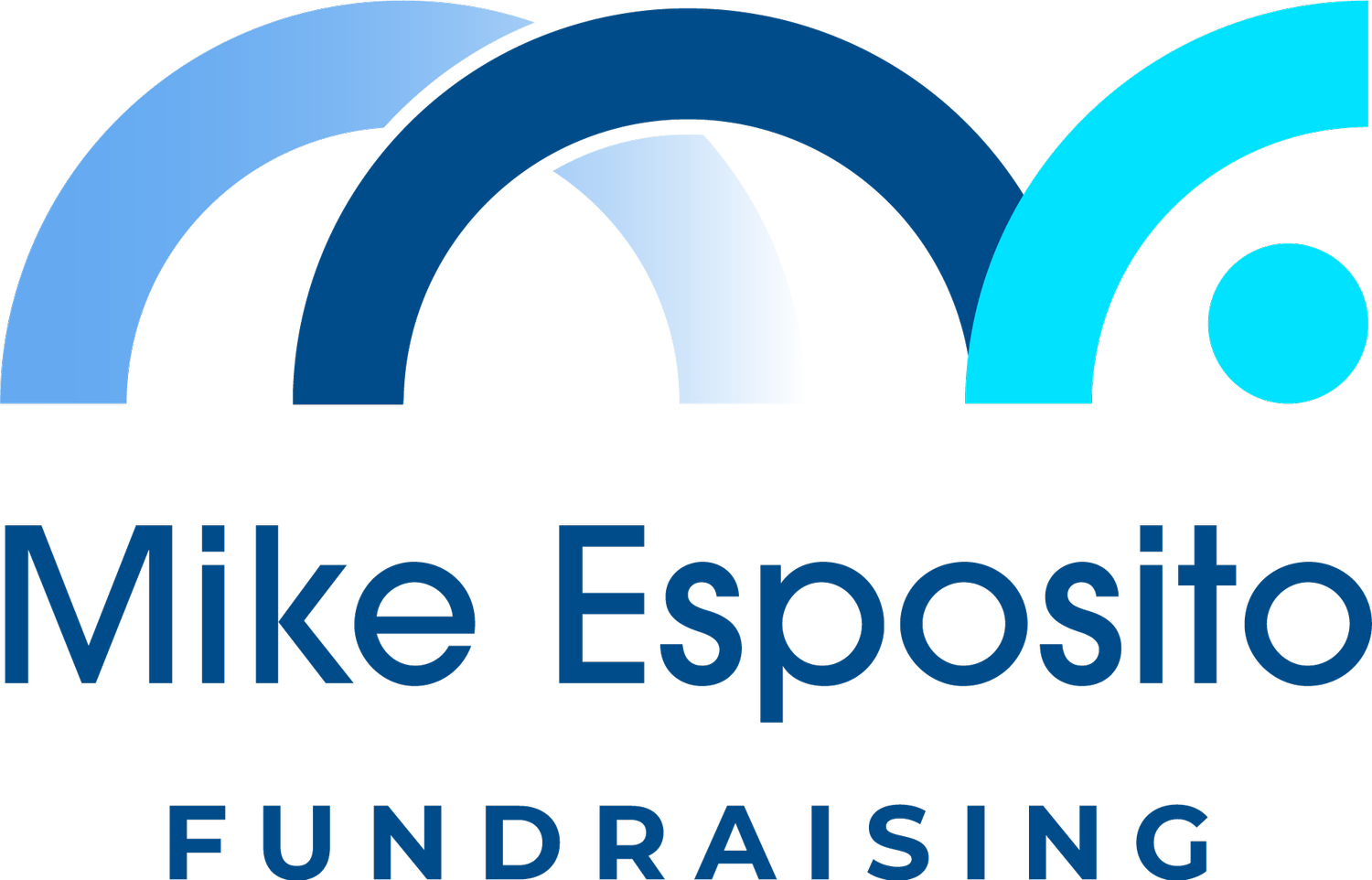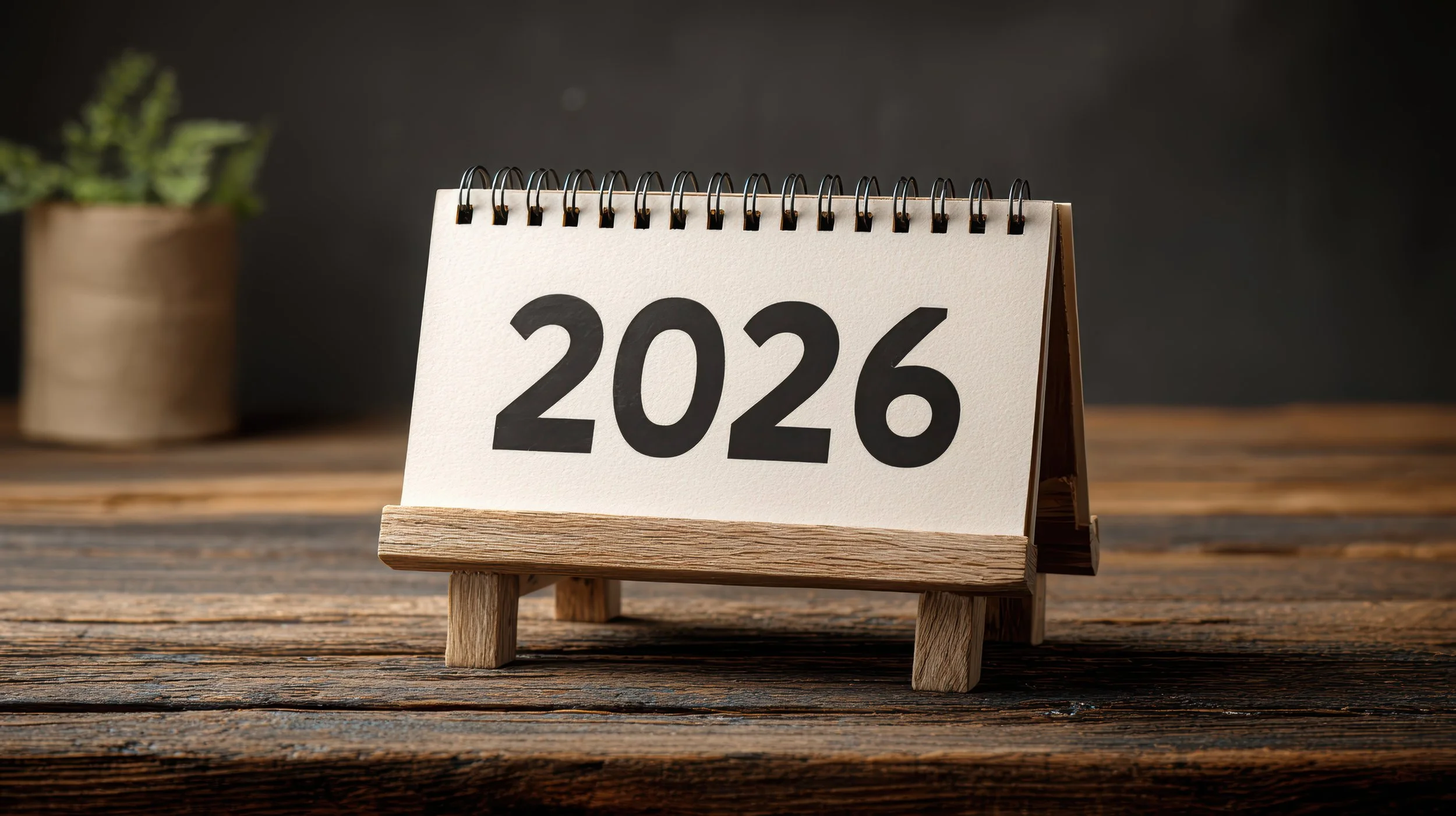Planning for a Stronger Fundraising Year in 2026
By: Mike Esposito, CFRE
A nonprofit founder I know once told me that he finds that December is not a bad month for getting things done. A lot of the setup for the year-end fundraising happens ahead of time, and as you get into December, you’re carrying out the plan, adjusting, and acknowledging gifts as they come in. It’s a great time to reset, reflect, and prepare before the new year gains momentum. Here, I share four areas to focus on, paired with concrete steps you can take now to start strong in 2026.
Stewardship Comes First
Before you map out what you will ask donors for next year, make sure they feel genuinely thanked for what they have already made possible. Prioritize simple but personal stewardship such as handwritten notes, quick phone calls, and tailored impact updates. Segment your donor lists so your outreach is strategic and personalized rather than generic, and bring in board members and volunteers to help lift the load. Genuine appreciation is one of the strongest investments you can make in donor retention. It sets the tone for every conversation in 2026. For tips on how you can use AI tools to build authentic and timely acknowledgment processes, try these suggestions that can help you through thank you season.
To make this actionable, block time on your calendar for dedicated stewardship in the first couple weeks of the new year. This may include scheduling group thank you note sessions with staff, board members, or volunteers and identifying which donors should receive calls. Get time on their calendars now before schedules fill up. Draft template language and call scripts in advance so personalization is easy. A few simple steps now create a meaningful lift in January. For more stewardship ideas, check out last month’s stewardship article, where Brendan Murphy and I shared practical approaches that can strengthen donor relationships heading into the new year.
Recalibrate Your Fundraising Strategy
The start of the year is a great moment to evaluate what worked, what stalled, and where you need to adapt. Review your donor retention rate, average gift amounts, donor behavior shifts, and the performance of campaigns across channels and revenue streams. Use those insights to build a focused roadmap that bridges year end urgency with long-term goals. This may include strengthening your mid-level pipeline, building out monthly giving, refining your corporate partnership strategy, or laying early groundwork for planned giving. Ensure staff, systems, and your board are aligned around priorities sooner rather than later.
To prepare, make sure your data is clean and updated so reports are accurate and easy to run. Create the reports you know you will need in January, such as LYBUNT (Last Year But Unfortunately Not This Year) lists, recaptured donors, and giving trends by audience. Be realistic about the year ahead, especially given economic uncertainty, shifts in the political landscape, and increased competition for institutional funding. Planning with context helps you build a strategy you can actually achieve.
Plan Your Events Early
The best events take shape when planning begins early and key conversations start well before the rush. Use this window to connect internally about goals, outline simple project plans, begin early sponsorship discussions, and revisit the purpose behind each gathering. Instead of hosting an event simply because you have always done it, make sure each one plays a strategic role in cultivation, stewardship, or revenue growth. Early planning creates the space for thoughtful programming, mission aligned guest experiences, and the time and budget for individuals and sponsors to participate. These factors transform an event from routine to meaningful.
Many organizations may need to reexamine their annual gala. Conduct an honest analysis of staff time, return on investment, and whether the event still meets your strategic needs. Might quarterly events or cultivation salons create more value than a single large gathering? Or if a gala is the best choice for you, are there refinements that could make it even better? Consider investing in better auction technology, starting sponsorship outreach months earlier, or bringing an auctioneer into the mix. These changes can meaningfully increase both revenue and engagement.
Invest in Your Professional Development
Your fundraising year is only as strong as the energy and clarity you bring to it. Take time to set your own professional development goals alongside your revenue goals. This might include pursuing a certification such as CFRE or CAP, finding a mentor or coach, strengthening your leadership skills, deepening a specific specialization, or attending a conference. Stay tuned to next month’s article, where Eric Tomalis and I will build on last year’s top fundraising conferences of 2025 and share the conferences we believe are most valuable to consider in 2026.
To set yourself up for success, review your organization’s professional development or educational reimbursement stipend. Research how much various conferences, certifications, memberships, and coaching programs cost so you have a realistic picture of what is within reach. If something exceeds your available budget, you may be able to make a strategic case to your manager or HR lead by showing how the investment will strengthen your ability to drive revenue, engage donors, or lead a team more effectively. And if your organization does not offer this type of stipend, keep an eye out for scholarships and funding opportunities that support professional development for nonprofit professionals.
Closing
The next few weeks offer a valuable chance to set the tone for the year ahead. When planning is broken into simple, intentional steps, it becomes less overwhelming and far more grounding. Fundraisers who take this time to prepare enter 2026 with clearer priorities, stronger systems, and donor relationships that feel more intentional and supported. Thoughtful planning is not about doing more. It is about creating the clarity and structure that allow you and your organization to start the new year with confidence and momentum.
About the Author:
Mike Esposito, CFRE is a nonprofit fundraising consultant with over a decade of experience helping organizations grow through innovative fundraising strategies. He is dedicated to fostering collaboration and driving sustainable impact through thoughtful fundraising practices.
His services include individual and major giving strategy, corporate partnership development, capital campaign support, end-of-year fundraising planning, donor stewardship systems, prospect research, board engagement, and crafting clear, compelling fundraising messaging. Mike partners closely with nonprofit leaders to strengthen pipelines and build sustainable fundraising programs.
Reach out to connect with Mike and schedule a free 30-minute strategy session.


